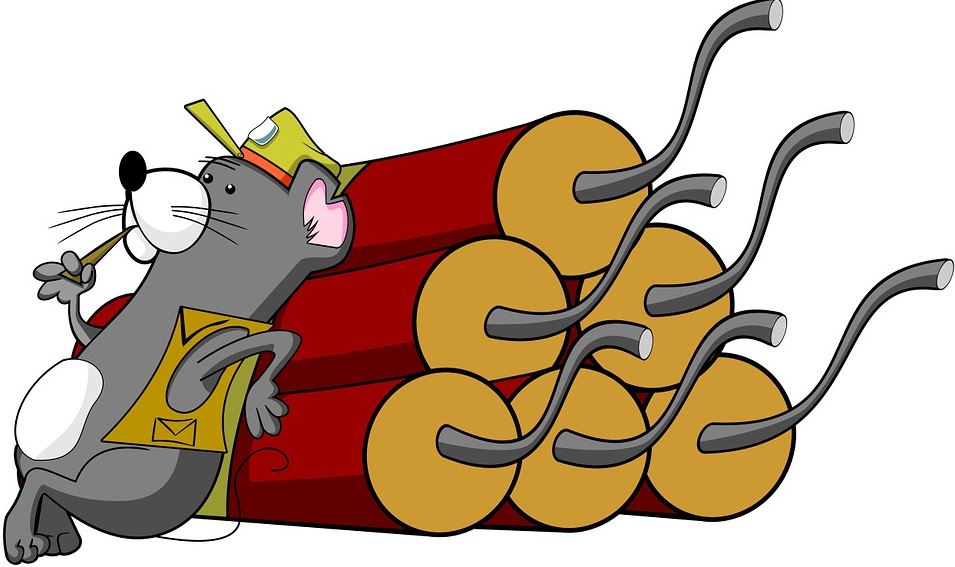The technology behind mining explosives has not been historically prone to disruption. The mining explosives we use today are largely the same — in terms of chemical composition and use — as the ones used 100 years ago. While mine safety today is both more dependable and a much higher priority than it has been in the past, mining still presents major risks for miners.
New developments in mining technology may improve the use of explosives — as well as the job itself. By providing employees with more realistic training and creating better blasting plans, these developments may make mining explosives safer to use than ever.
Mining Explosives and Possible Alternatives
Most commonly used mining explosives employ old technology. These explosives are inherently dangerous, and training new employees in their use on the job can be difficult or impossible.
Ammonium nitrate — a powdery chemical also used in fertilizer — is one of the oldest and most common mining explosives. The substance takes a significant amount of energy to detonate. It’s thus more stable than other blasting solutions, but it houses the same potential for serious damage and injury — the deadliest industrial disaster in U.S. history was a fire caused by an ammonium nitrate explosion.
New developments in mining technology may displace traditional explosives in mining operations where caution is necessary. A new mining method uses high-powered lasers to slice drill holes and chip away at rocks. Some mining experts hope to use the lasers to eventually replace conventional explosives. However, the technology isn’t robust enough to be implemented at scale just yet.
Some elements of explosive technology have changed, but many of the new developments in mining and explosive technology are less about the explosives. Instead, the biggest advancements have been in areas like blast planning, explosives training and new measurement technology.
New Blasting Training and Solutions
Some mine operators use virtual reality (VR) technology to create a simulated mine for workers to train in. In the past, mining companies instructed new workers through videos and blackboard lessons. These new VR blast walls, on the other hand, provide one of the closest things available to on-the-job training. The technology’s developers say the new VR training technology is much more effective than traditional methods.
Better training means greater safety — as well as reduced operating costs. An improper blast can result in clean-up costs and may delay mining, while better blasts will ensure work goes more smoothly. In the past, mine operators had difficulty implementing safe mining practices — especially if the resources they use to train new employees were out-of-date or not effectively designed. These new training methods can improve mine protection and make using explosives easier and safer for everyone involved.
Other new developments in mining explosives technology include the use of computer programs to plan how explosives are managed. Companies like Orica, the Australian mining technology company, are providing new solutions like blast optimization platforms. These programs help mine operators better plan where to place explosives so that they can achieve the safest and most effective blast.
How New Technology Is Improving Mining Explosives
In the future, autonomous robots may be able to perform blasting. Drones and driverless trucks already fill various roles on mining sites. However, difficulties in implementing the technology mean workers will still be at risk when mines use explosives. Thus, safety will remain a priority for mine operators.
For now, engineers are using other technological developments to make mines safer. Computer programs that help mine operators plan blasting, laser mapping of rock surfaces and VR-powered training should all help ensure greater mine safety. While explosives are never going to be entirely safe, these new development are big improvements for a traditionally dangerous industry.

